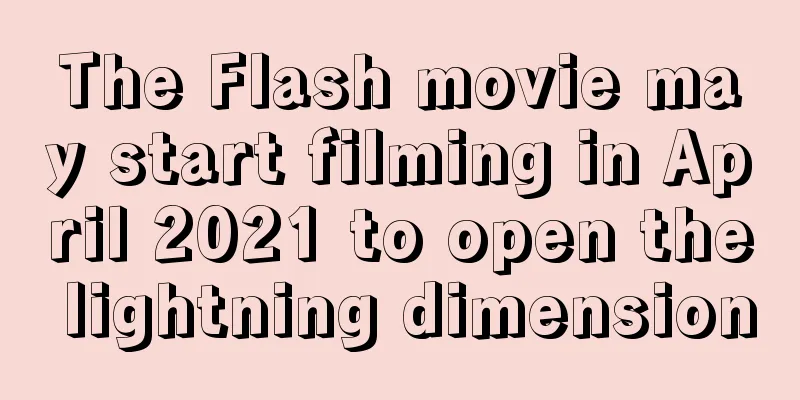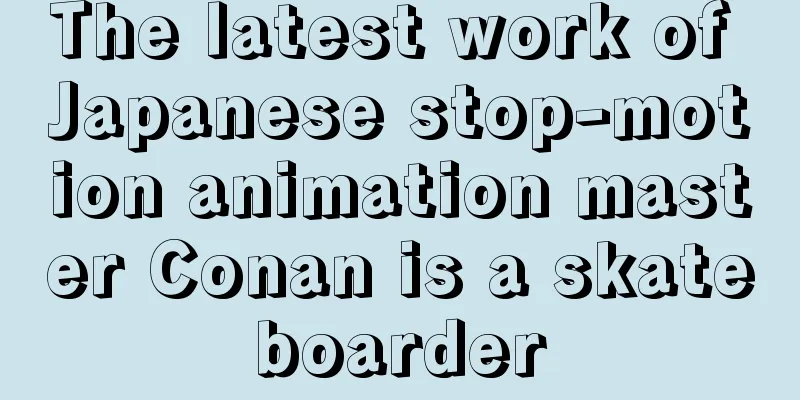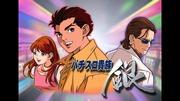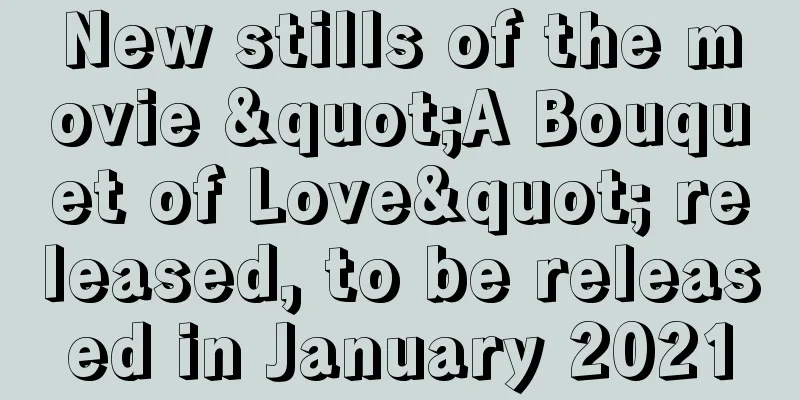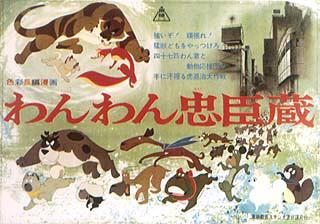Festival "Minna no Uta": An anime where you can enjoy the atmosphere of a fun festival and the harmony of emotions

The appeal and background of "Festival Songs for Everyone ""Festival Song for Everyone " is a short two-minute animated work that was broadcast on NHK Educational TV (now NHK E-Tele) in October 1961. This work was produced as part of NHK's long-running program "Minna no Uta" and aimed to introduce traditional Japanese festivals and culture to children. Below, we will take a closer look at the appeal and background of this work, as well as its subsequent influence. Overview of the work"Festival Song for Everyone " is a short, one-episode animation created using the silhouette animation technique. It was produced by Mokubaza and the copyright is owned by NHK. The work expresses the excitement and fun of a festival through simple images and music, aiming to make children feel closer to traditional Japanese festivals. Story and ThemesThe story of "Festival Song for Everyone " depicts the bustling town on festival day. Silhouettes of children pulling floats and enjoying dancing and taiko drumming convey the energy and joy of the festival. The theme of this work is to convey the wonderfulness of people coming together and having fun together through traditional Japanese festivals. Festivals are events that bring together the local people, and the communication and bonds that are born during these events are highly valued. Background and Intention of ProductionIn 1961, when "Festival Song for Everyone " was produced, Japan was in the midst of a period of rapid economic growth and rapid urbanization. At the same time, there was concern that traditional festivals and culture were being forgotten. Through "Festival Song for Everyone," NHK aimed to introduce children to Japan's traditional culture and help them rediscover its value. "Festival Song for Everyone " was produced as part of this effort, and attempted to convey the charm of festivals through simple animation and music. Production techniques and expression"Festival Song for Everyone " was created using a technique called silhouette animation. Silhouette animation is a technique in which characters are depicted as black silhouettes, emphasizing the background and movements. This technique creates a strong visual impact and makes it easy for children to understand. In addition, the simple expressions effectively portray the excitement and fun of the festival. Music also plays an important role, with the sounds of drums and flutes being used effectively to liven up the festival atmosphere. Influence and Evaluation of the Work"Omatsuri Minna no Uta " has been loved by many children since it was first broadcast, and has been highly praised as a work that conveys the charm of festivals. This work is particularly popular among NHK's "Minna no Uta" series, and has been rebroadcast many times. In addition, the silhouette animation technique influenced later animation works, and was noted as a way to convey profound messages with simple expressions. Furthermore, this work also played an educational role in introducing traditional Japanese culture, and gave children a chance to reaffirm the value of festivals. Related works and recommendationsOther animation works related to "Omatsuri Minna no Uta " are also part of the NHK "Minna no Uta" series. For example, "Elephant" and "Great Old Clock" are also popular works that convey messages to children through simple animation and music. In addition, Studio Ghibli's works such as "Spirited Away" and "Princess Mononoke" are also recommended as animation works with the theme of festivals and traditional Japanese culture. These works depict traditional Japanese culture with beautiful images and deep stories, and can be enjoyed by children and adults alike. summary"Omatsuri Minna no Uta " is a short 2-minute animation that was broadcast in 1961, but it was highly praised for conveying the charm of traditional Japanese festivals through its simple expressions and music, and for helping children to recognize their value. This work is particularly popular among the NHK "Minna no Uta" series, and has been rebroadcast many times. The silhouette animation technique also influenced later animation works, and was noted as a way to convey profound messages with simple expressions. We also recommend other animation works themed around festivals and traditional Japanese culture, so be sure to check them out. |
>>: "Henohenomoheji": The appeal and evaluation of Minna no Uta
Recommend
Nobunaga the Fool: What is the new appeal of combining history and science fiction?
Nobunaga the Fool: A spectacular tale where histo...
New art images and set photos of "Avatar 2". Will humans attack the Na'vi again?
The sci-fi movie "Avatar 2" directed by...
Why did the subsequent episodes of "Swamp Thing" cancel the filming? There were differences in the main creative ideas
DC Universe is reportedly canceling subsequent ep...
The DC movie "Shazam!" is scheduled to be released in China on April 5, the same time as North America
Recently, the domestic release date of the DC sup...
"Shazam! Wrath of the Gods" new Chinese trailer
"Shazam! Wrath of the Gods" is about to...
"Pluto" review: A masterpiece anime with profound themes and detailed storytelling
The appeal and evaluation of "PLUTO" &q...
The latest Chinese trailer of "The Lord of the Rings: The Invincible King": showing the king's style
Previously, Warner Bros. Pictures officially anno...
"Gundam Build Divers Re:Rise" Season 2 OP・ED theme song confirmed to be aired on April 9th
The second season of the Gundam 40th anniversary ...
"The Little Boatman": A thorough analysis of the famous song from NHK's "Minna no Uta"!
"The Little Boatman": An eternal treasu...
The appeal and reviews of "School Days: Magical Heart Kokoro-chan": A thorough explanation of the touching story and the depth of the characters
The appeal and reviews of "School Days ~Magi...
Magic Crayon: The Appeal and Evaluation of Everyone's Songs
Magic Crayon Song for Everyone - Mahou no Crayon ...
Hikaru no Go Special Edition: Exploring the new appeal of this masterpiece
The appeal and background of "Hikaru no Go S...
Spider-Man 3 director no longer directing Fantastic Four movie
Spider-Man 3: No Homecoming director Jon Watts wi...
The appeal and evaluation of "Little Autumn Found" (1962 version): Looking back on the masterpiece of everyone's songs
I found a little autumn - Chiisai Akimitsuketa ov...
A bodyguard who doesn't save the president is not a good driver! The latest trailer of "Angel Has Fallen" with Chinese subtitles
"Angel Has Fallen", which is a collabor...
